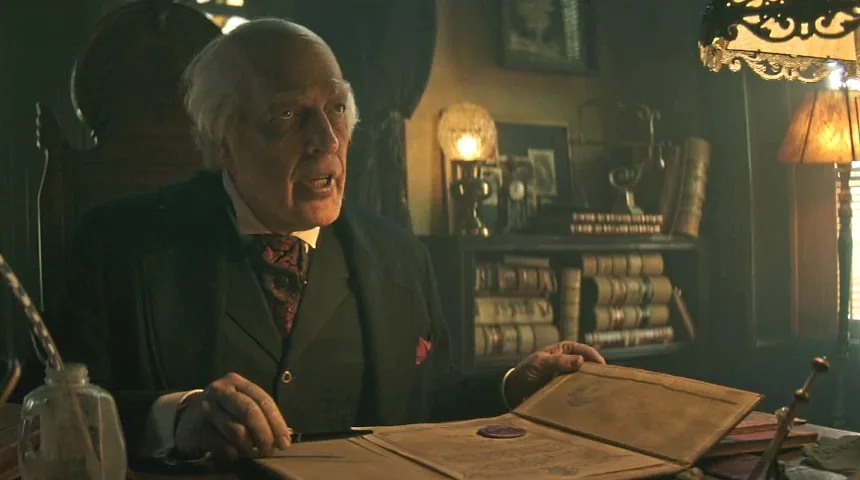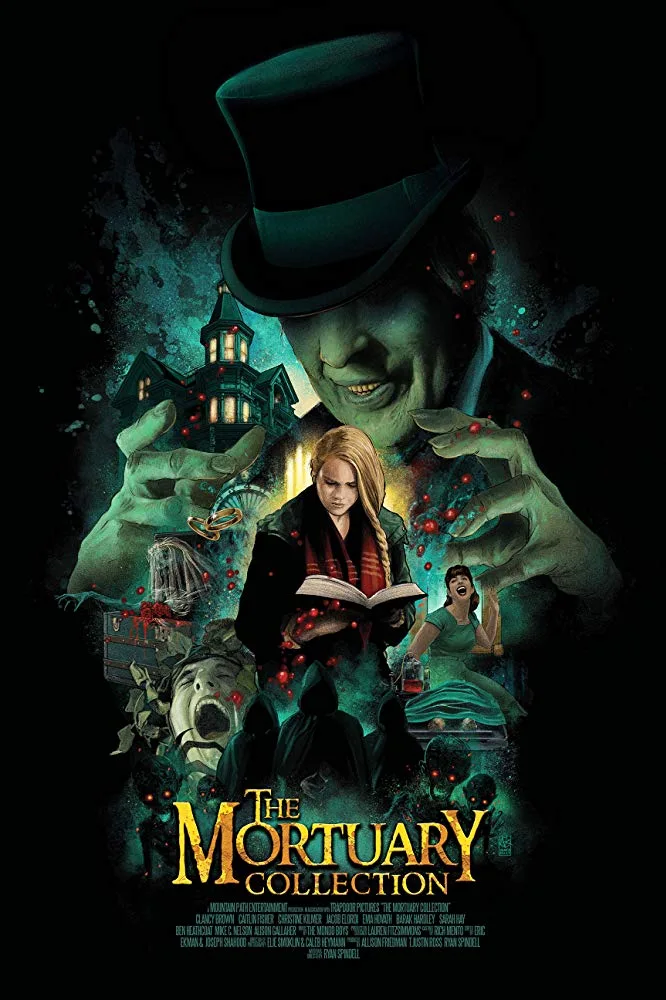
The (almost total) demise of the anthology film is a crying shame: despite a minor, if noteworthy comeback with some notable entrants into the genre such as the ABCs of Death or Dead Girls over the past decade or so, it’s still a format which just doesn’t seem to attract the interest it once did, whether from filmmakers or distributors. But why? As I’ve said elsewhere, the anthology or portmanteau film has all the ingredients it could need to endear it to an audience: there’s scope and range, there’s the possibility that one or more of the stories will appeal to different people, and there’s the promise of a good, workable framing story which can only to the appeal. It’s as close as we get to old-fashioned storytelling, gathering around to share a selection of stories shared by an overriding purpose or need – different tellers, somewhat different styles.
I don’t think it’s audiences who have rejected this format, either; rather, it’s been done for them/to them. Horror fans so often fondly recall anthologies from their early viewing days: depending on their ages, it could be an Amicus production, or it could be the likes of Creepshow – but the love and appreciation is there, and it’s encouraging to see filmmakers like Ryan Spindell, after directing a raft of excellent short films (including the singular, superb Kirksdale) making his first feature-length film an anthology horror.
The Mortuary Collection is a selection of four short tales, as told by an undertaker (played with aplomb by Clancy Brown) to a visitor at his establishment. From the outset, and via the kid who opens and closes proceedings, this feels like a rather sumptuous, overstated piece of Gothic and feels to be channelling some of the ‘kiddie horrors’ of the 1980s. This, however, gives way to the tales themselves, which are rather more grisly and cautionary; they also get away with being tonally quite different to one another, as they are only very loosely themed by the mordant undertaker’s desire to tell a few tales about interesting deaths. So,, whilst this isn’t the most thematically-solid framework, it’s plausible within itself and to be honest, Brown is so much fun to watch in-between times, channelling the high macabre camp of the AIP classics, that it works on the basis of that alone. Spanning around three decades all in all, the tales cover the likes of an inter-dimensional bathroom mishap, a tables-turned warning about sexual conquest, a sad tale of Til Death Do Us Part (my personal favourite) and, finally, a bridging story which quite cleverly joins up tale to framework, exploring the real reason that there’s been an unexpected caller at the mortuary that day.

This film gets so much very, very right and the first thing which springs to mind is what an absolute visual treat it is. In a perfect world, there’d be a three-hour extra feature on the DVD release where you get to potter around and explore the sets – there isn’t a single wasted object or a dud angle which dispels the magic; everything is note-perfect for the setting, whether the faded Victoriana of the funeral home or the period settings used in the tales. There’s also a very watchable balance of a kind of stagey performance against more natural moments which work well, never going too far into realism (which wouldn’t make sense) nor too far into hokey acting either, which would derail things in the other way.
Now, if I were to criticise the film at all – and, having heard the director’s immense excitement about getting this film made, it almost pains me to do so – it would be regarding the film’s total running time. The Mortuary Collection has had a strange journey to feature-length, having first consisted of short films made individually , then getting stitched into one film afterwards. This is also a film initially written, edited and directed by one man, though I understand that an additional edit has taken place since. Coming in at around two hours with four stories altogether, this is a long film and whilst to give credit to all involved, it certainly doesn’t feel like a patchwork, it’s also clear (and appreciable) that Spindell didn’t really want to let anything go. Tough love would suggest that the first and shortest story could go altogether, leaving the more usual three stories behind.
But, this minor quibble aside, The Mortuary Collection is what it should be – a lot of fun. It feels retro and it looks it, and it offers entertaining tales around a successful central plot device. If this film’s legacy is to make the point that the anthology film is not dead, then that would be a great outcome for a modern film with such a classic feel. Oh and hey, I got a custom toe-tag as a memento…
The Mortuary Collection screened at FrightFest Glasgow on 6th March 2020.
